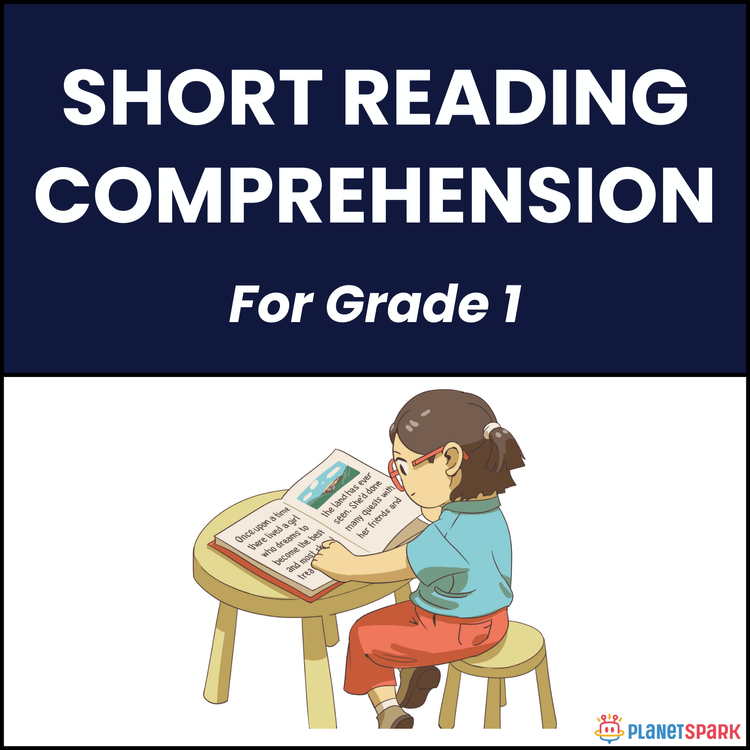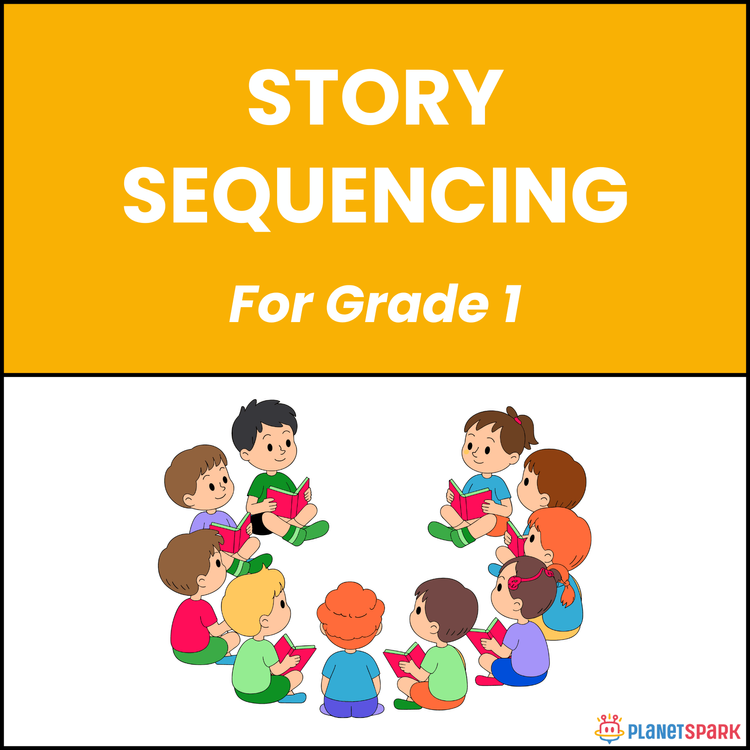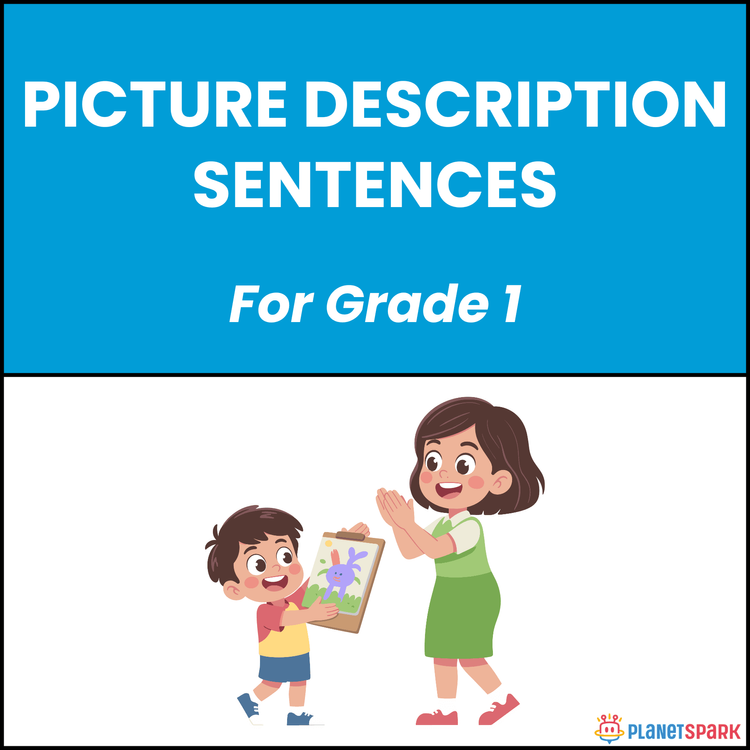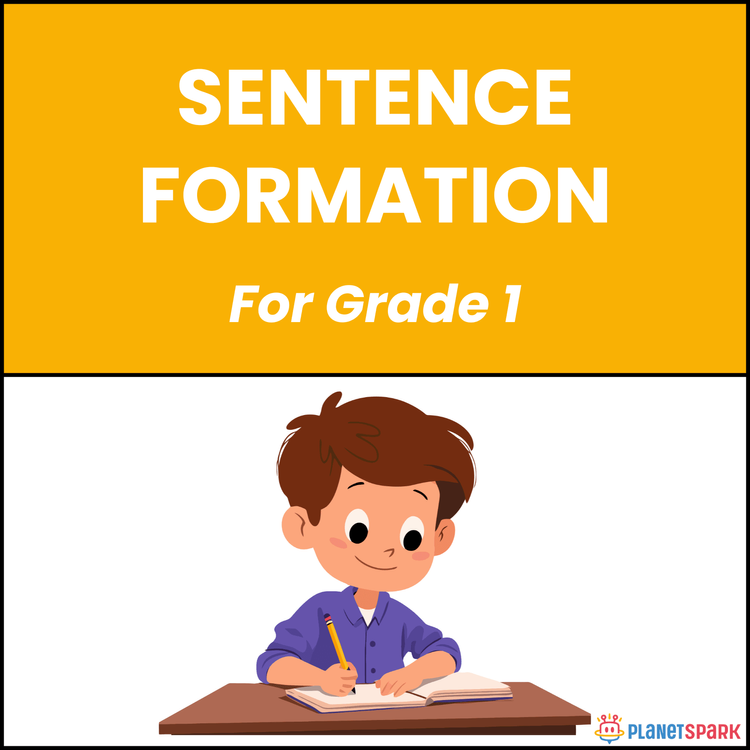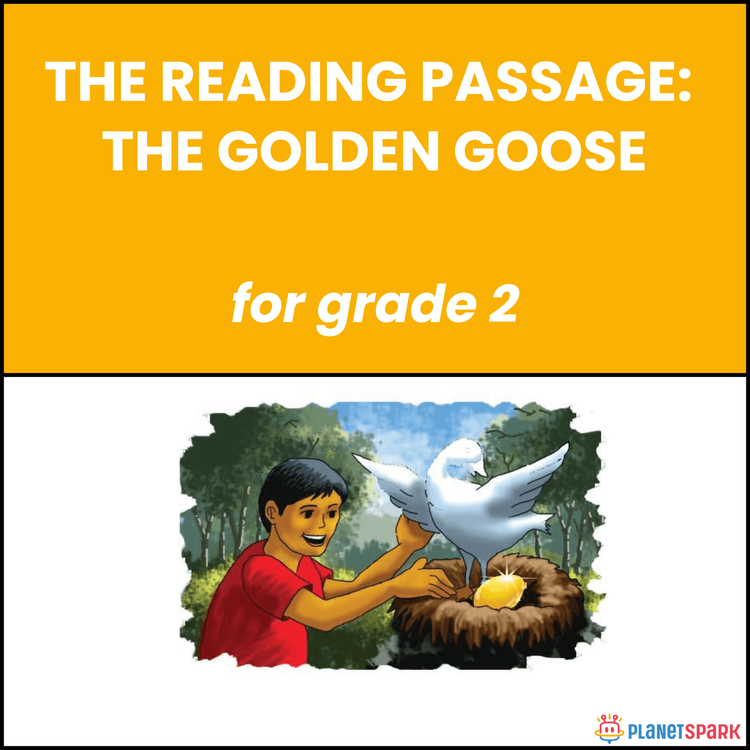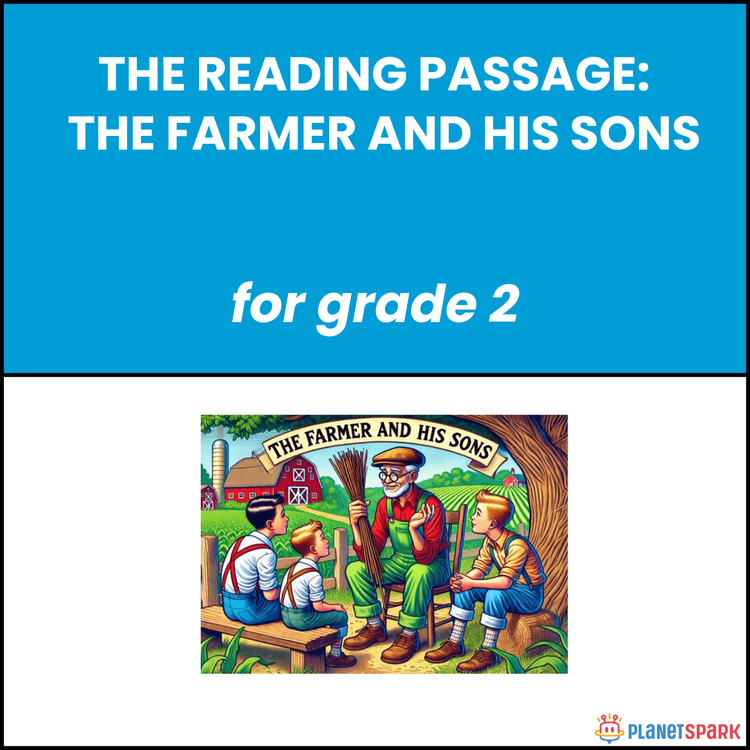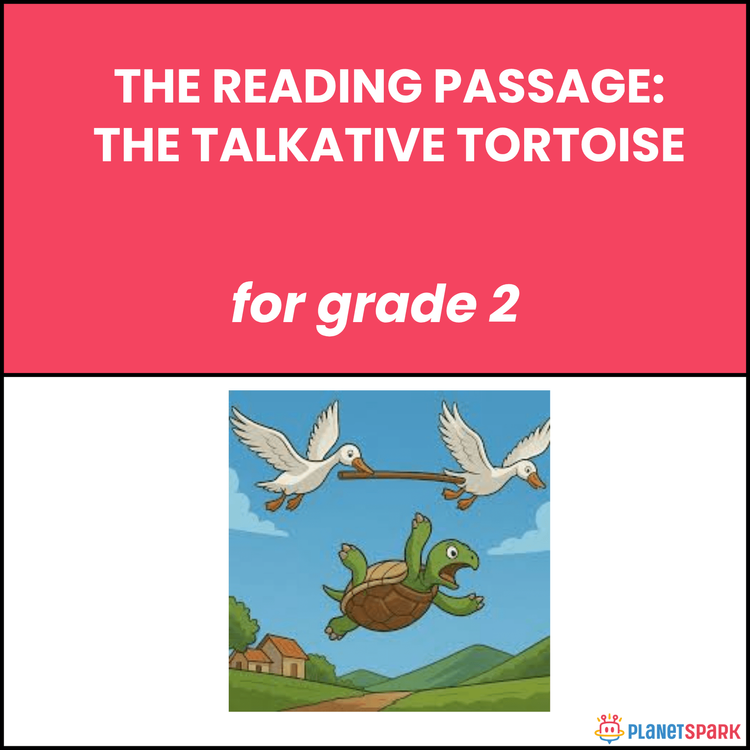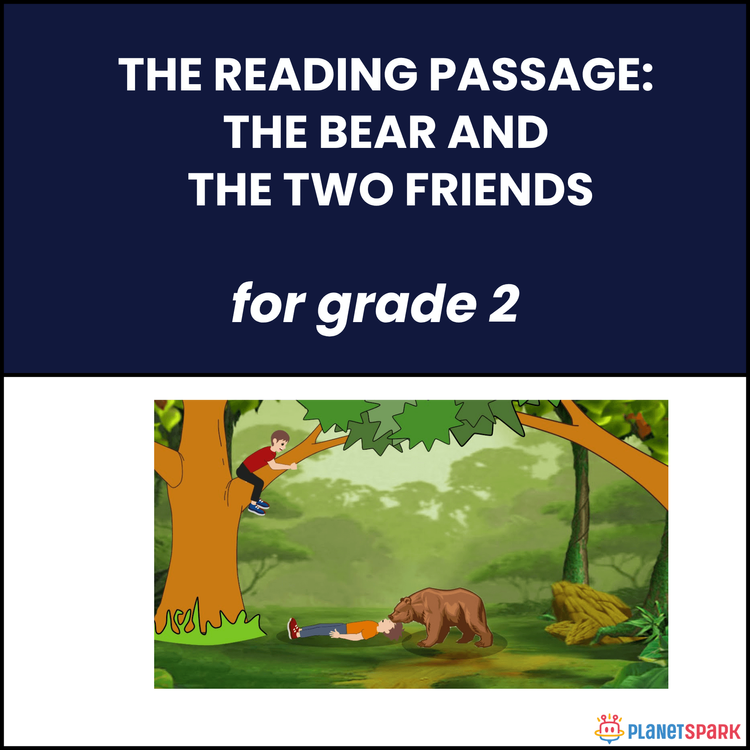Grade 2 Reading Passage on The Hare and the Tortoise
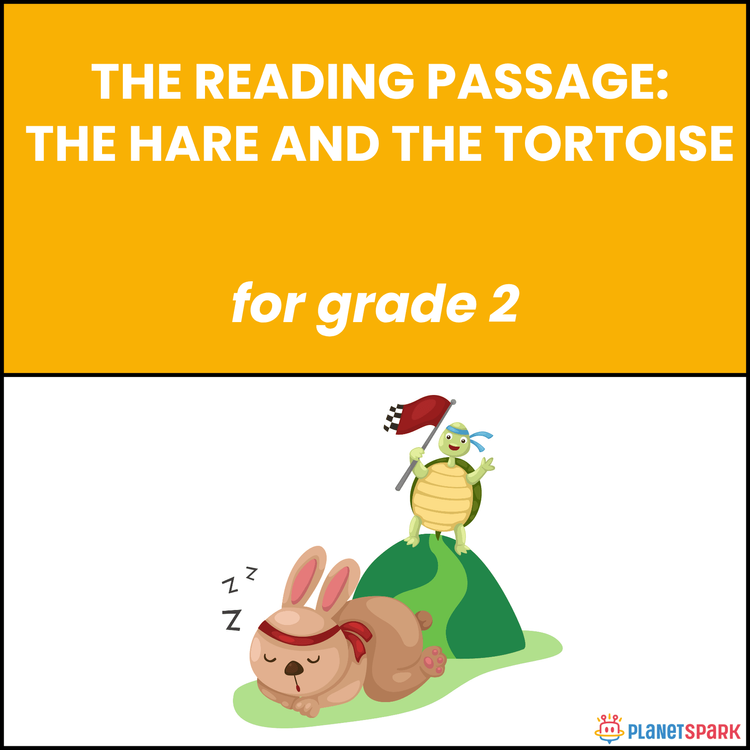

Grade 2 Reading Passage on The Hare and the Tortoise
Slow and Steady Wins: The Hare and the Tortoise Reading Comprehension for Grade 2
This Grade 2 reading comprehension worksheet, *“Slow and Steady Wins: The Hare and the Tortoise,”* retells the timeless fable of patience and perseverance. It follows the story of a proud hare who mocks a slow tortoise and challenges him to a race. The hare races ahead and naps under a tree, while the steady tortoise keeps going — eventually crossing the finish line first! This story teaches children that hard work, focus, and patience are key to true success.
Why Reading Comprehension Matters in Grammar?
Reading comprehension allows young learners to connect words with morals, actions, and outcomes. For Grade 2 learners, this classic tale helps because:
1. It strengthens understanding of story sequence and moral lessons.
2. It introduces descriptive language and simple dialogue.
3. It builds empathy, patience, and humility.
4. It encourages focus through familiar storytelling patterns.
What’s Inside This Worksheet?
Exercise 1 – Multiple Choice Questions
Students answer simple factual questions about the race, the characters, and what they learned.
Exercise 2 – Comprehension Questions
Students reflect on the hare’s mistake, the tortoise’s attitude, and the moral of the story.
✅ Answer Key (For Parents & Educators)
Exercise 1 – Choose the Correct Answer
1. b) The hare
2. c) To race
3. a) In the forest
4. a) Slept under a tree
5. b) He never stopped
6. c) To be patient and work hard
Exercise 2 – Answer the Following Questions
7. The hare said the tortoise was too slow.
8. The tortoise wanted to finish and believed steady effort wins.
9. The tortoise crossed the finish line while the hare slept.
10. We learn that patience and steady work bring success.
Inspire your child with the moral of perseverance through this beautifully simple *Hare and Tortoise* comprehension worksheet!
🔖Book a free trial!
Frequently Asked Questions
It shows children that steady effort and determination are more valuable than overconfidence and natural speed alone.
They use relatable characters and simple plots to convey important values while building reading fluency and understanding.
Children practice predicting outcomes, understanding cause and effect, and identifying character traits through actions and dialogue.
